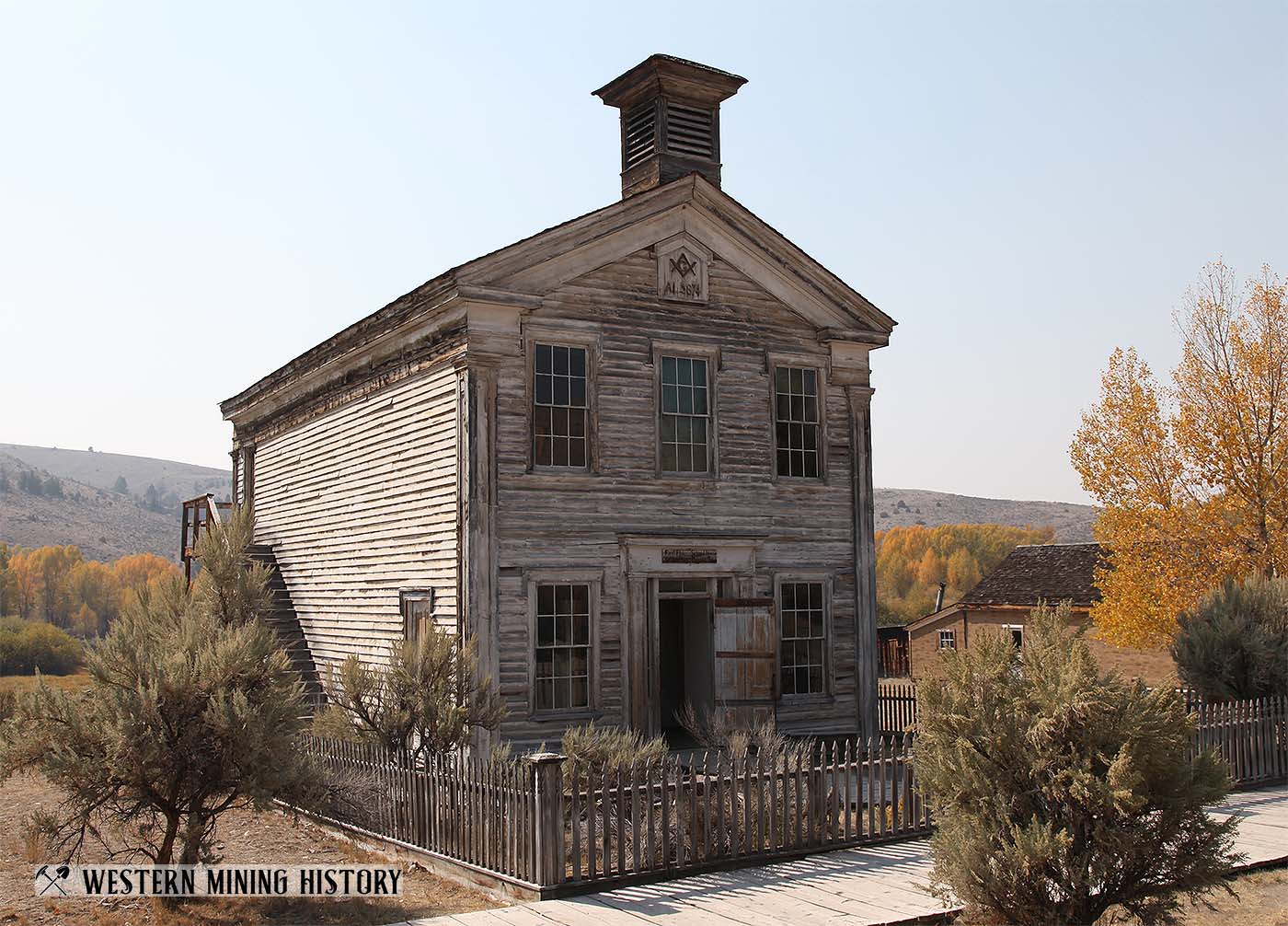Bannack History
Bannack was settled in 1862 after the discovery of gold on Grasshopper Creek. In 1864, Bannack was the territorial capital of Montana for a short time before it was moved to Virginia City.
The district experienced many periods of boom and decline but by World War 2 the industry was on its last legs. The post office was closed in 1938 and the school closed in the early 1950s.
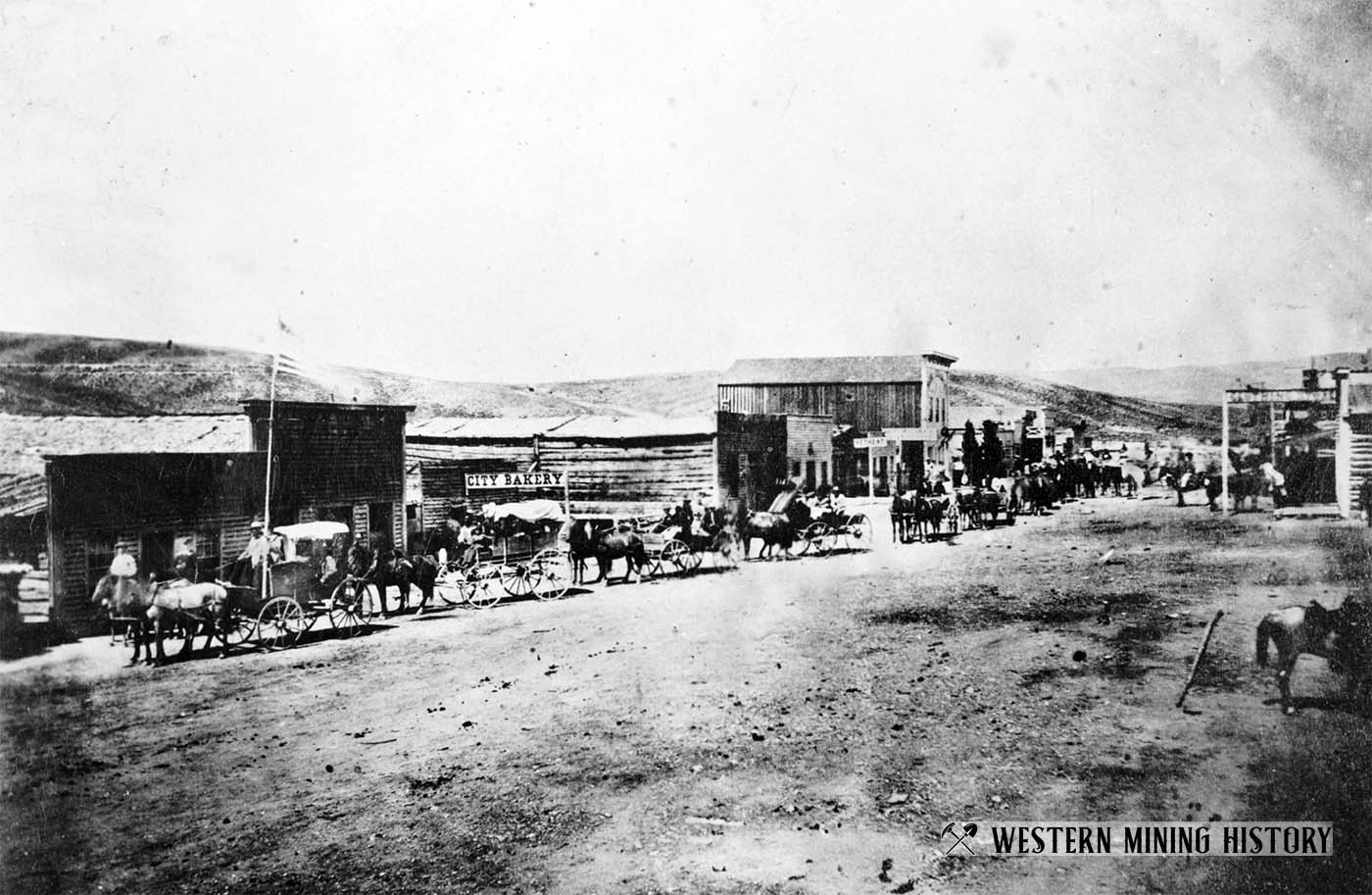
As Bannack declined, concerned citizens of southwest Montana began preservation efforts. By 1947 efforts were underway to preserve buildings and in the 1950s the Beaverhead County Museum Association began purchasing buildings and property in the town. For three decades after that the state of Montana purchased remaining buildings and property, and a State Park was established.
The Gold Rush at Bannack
By the early 1860s prospectors were leaving the played-out placer mines of California and Colorado. Many of these men were entering the Montana territory in search of new gold deposits. In the summer of 1862, a group of prospectors from Colorado discovered gold in what they would name Grasshopper Creek.
The strike was significant enough that the men stayed at the location and created the mining camp known as Bannack, named after a local Indian tribe. By winter around 400 people resided at the camp.
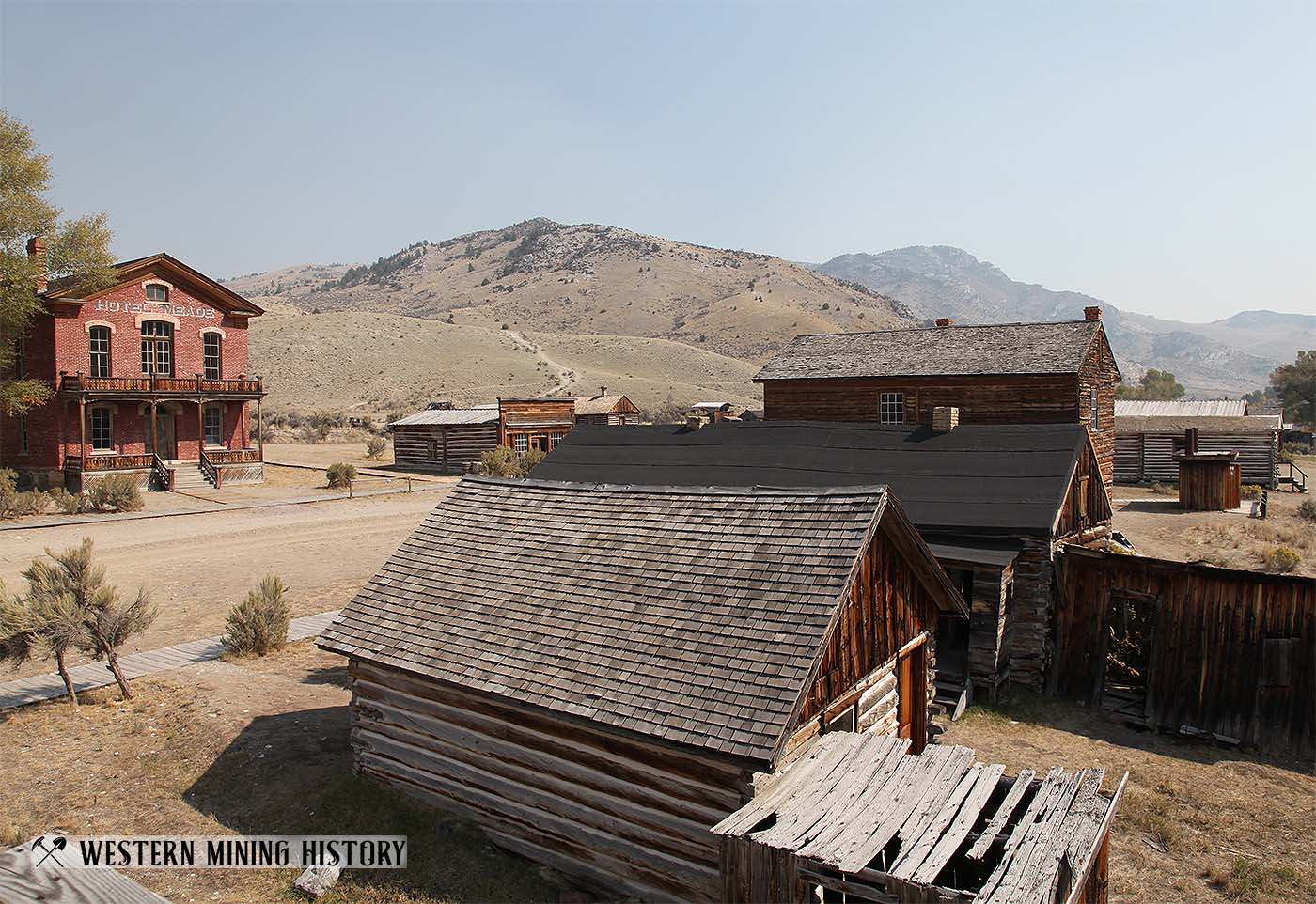
The year 1863 is when the rush to Bannack started, and by summer the camp had 3,000 to 5,000 miners, merchants, gamblers, saloon keepers, prostitutes and outlaws. Montana became a territory in 1864, and Bannack became the territorial capitol.
Bannack was the site of the notorious Montana Vigilantes saga that culminated in the hanging of Bannack's Sheriff Henry Plummer, along with a number of his alleged gang. Plummer was accused of using his office as a cover while running a gang that robbed and murdered miners while taking their gold. On January 10, 1864 Plummer was has hanged by vigilantes, and shortly after the rest of his gang met the same fate or were ran out of the territory.
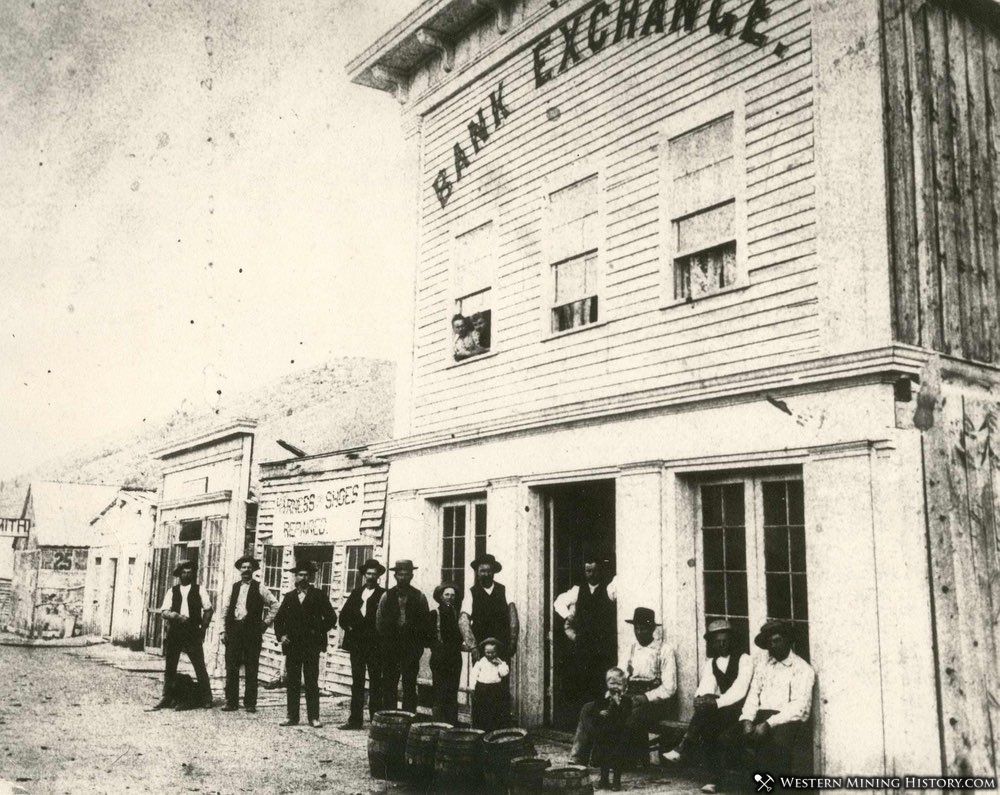
Bannack's initial boom was short and by Summer 1864 much of the extremely rich placer ground was already mined out by the thousands of miners that had arrived during the previous year. New gold strikes in other parts of Montana drew many of the miners away.
Less than a year after being named territorial capitol, the capitol was moved to Virginia City in February of 1865, the location of a new gold rush that was drawing many men away from Bannack.
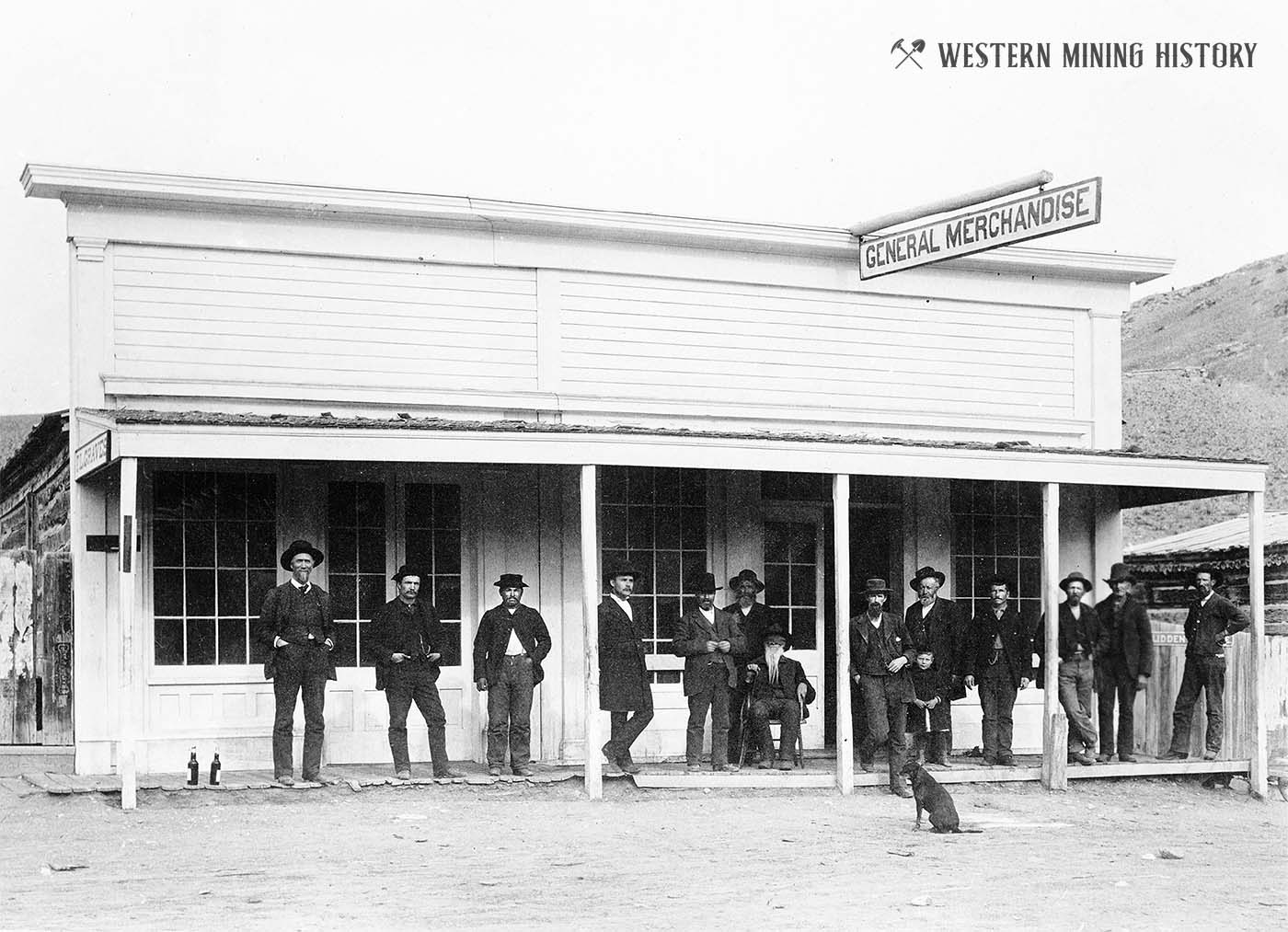
Bannack later became the Beaverhead county seat of government. An impressive brick building was built to serve as the county courthouse. Bannack could not hold on to this title either though as Dillon took the county seat away in 1881.
The Beaverhead County Courthouse at Bannack stood empty until 1890 when it was remodeled and opened as the Hotel Meade. This iconic building still stands today, and is the most impressive building preserved as part of Bannack State Park.
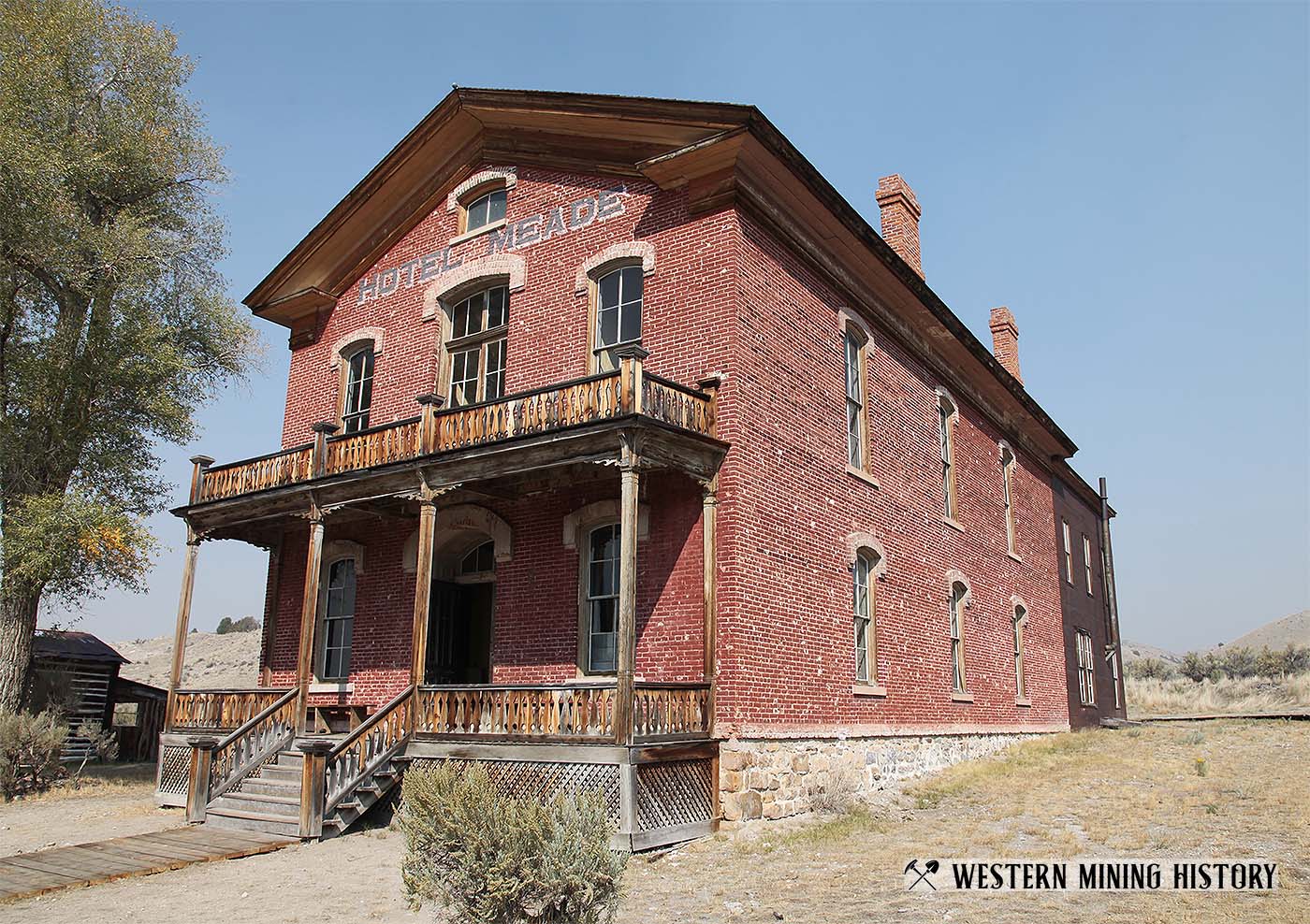
Although Bannack's initial boom was short-lived, the placer mines of the district continued to produce, but on a much smaller scale. A series of ditches, one of which was 15 miles long, were dug to bring water to the diggings that often dried up during the summer. The ditches helped keep placer mining going at Bannack, but never fully resolved the lack of water at the mines.
In the late 1860s hydraulic mining was introduced to the Bannack district and even more water was needed. Additional ditches were dug, this time bringing water from up to 30 miles away.
By the late-1870s most placer mining had stopped, and the town of Bannack was reduced to having just a few hundred residents. Sporadic lode and hydraulic mining managed to keep the town alive.
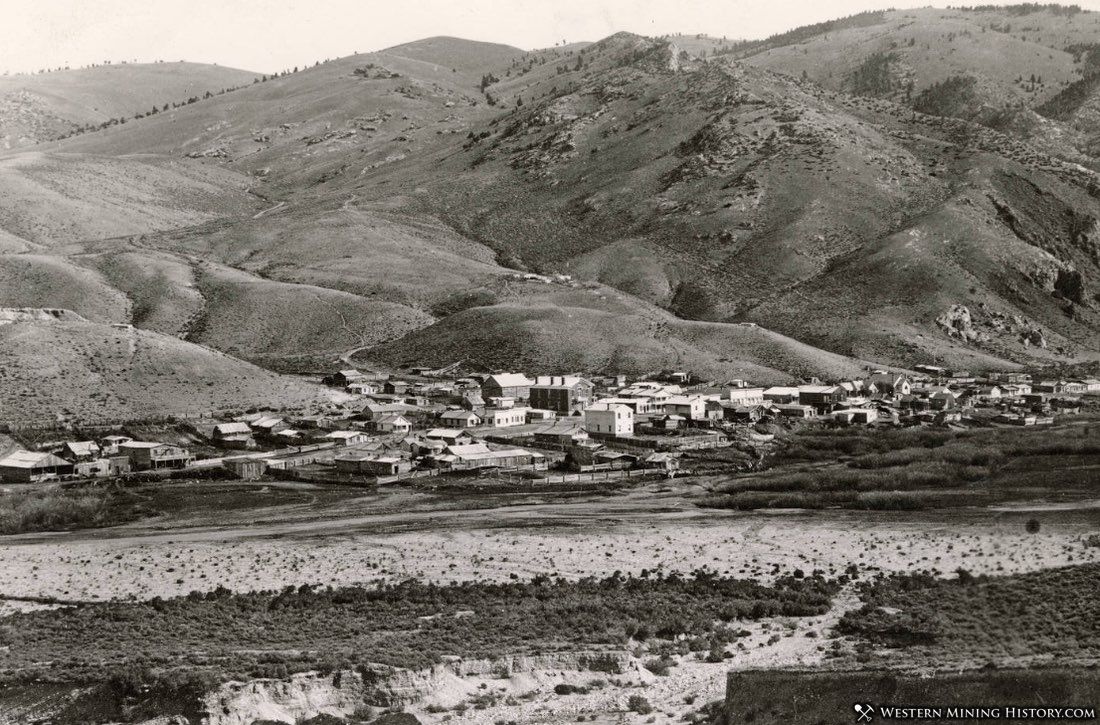
Transition to Lode Mining and Dredging
The first lode claims were filed in 1862 and the first six-stamp mill was built in the winter of 1862-63. Early lode mining operations were very limited compared to the production of the placer mines, but as placer mining waned lode mining became an important contributor to the local economy.
In 1869 over $100,000 in ore was mined from the Dakota and Cherokee lodes. Other mines were developed in the 1870s and 1880s, including the Wadam, Bannack, and Golden Leaf claims. In 1890 a new mill was built at the Golden Leaf, and 50 to 60 men were working for the Golden Leaf Mining Company. The Golden Leaf operation had it's own store and the mine and mill were electrified.
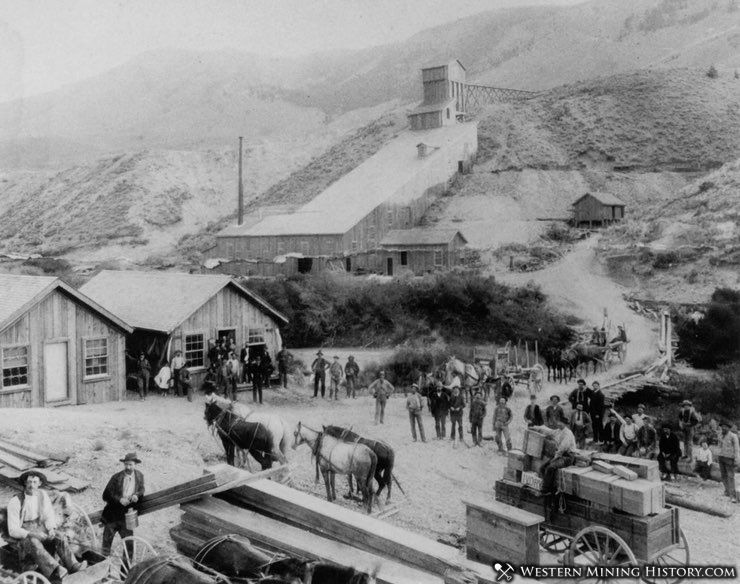
The 1890s were the peak period for lode mining in the Bannack district but by the second half of that decade the mines were declining. Dredging began in the mid-1890s which propped up the local mining industry as lode mining waned.
The first successful gold dredging operation in the United States was implemented on Grasshopper Creek in 1895. The Fielding L. Graves dredge ran successfully until 1902. A history written by the Montana DEQ describes the dredge:
The connected-bucket dredge was electric powered from a generator on the creek bank. It cost a total of $35,000 to build and had a capacity of 2000 yards of gravel per day. The dredge averaged from $800 to $7000 per cleanup and at one point when it was working some of the richest ground it had cleanups of $22,000 and $38,000.
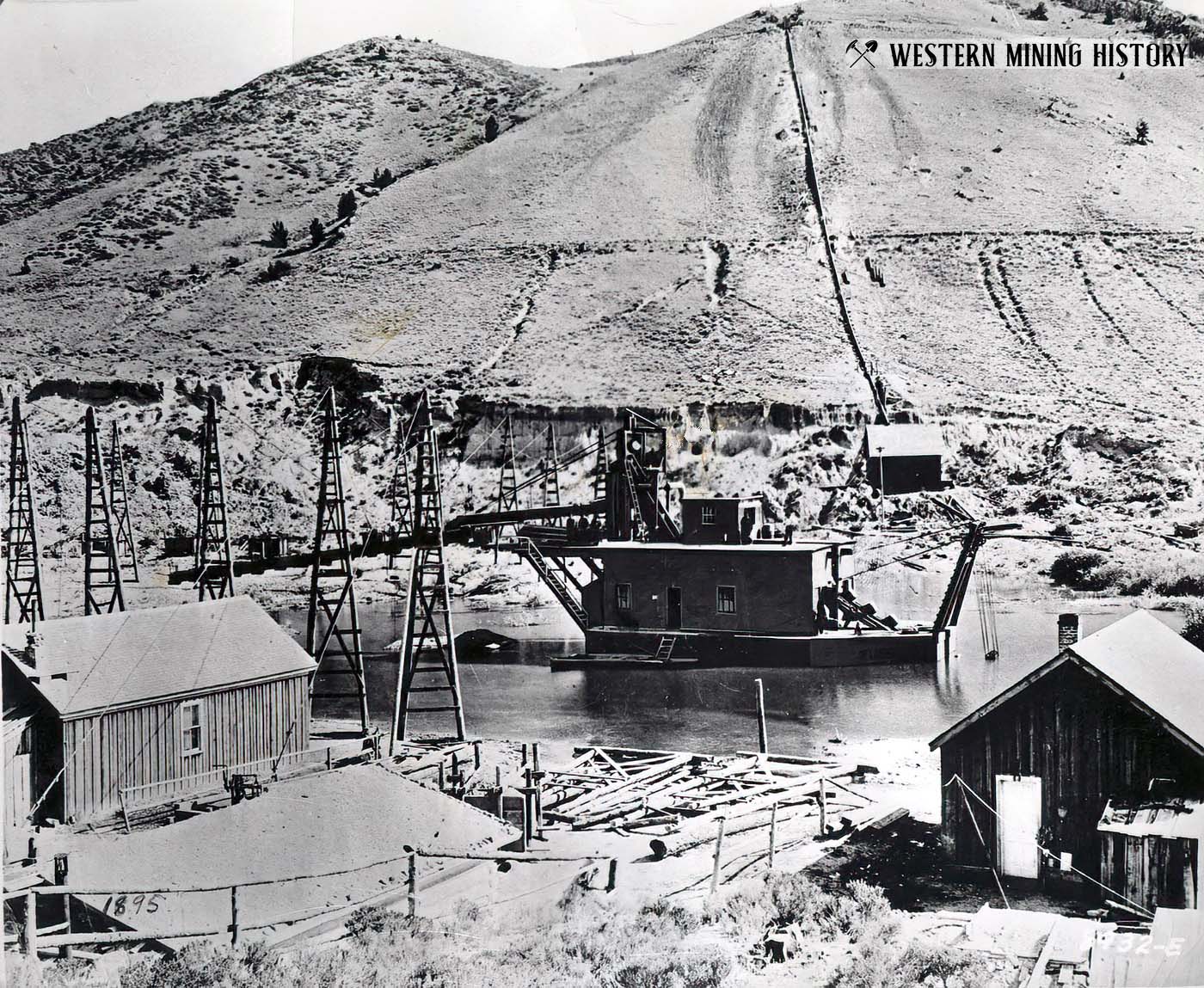
After the success of this first dredge, five more were built prior to 1902. By 1902 the gold deposits on Grasshopper Creek had been mined out, and Bannacks final period of gold mining prosperity came to an end.
Bannack Becomes A Ghost Town
Sporadic lode mining kept Bannack alive for several decades in the 1900s. In 1920 a 10-stamp mill was constructed by C.W. Stallings, but only operated for about a year. In 1933 it was reopened and electrified. The mill processed ore from the Henricks and Suffield claims until the early 1940s, but operations ceased permanently at the onset of World War II.
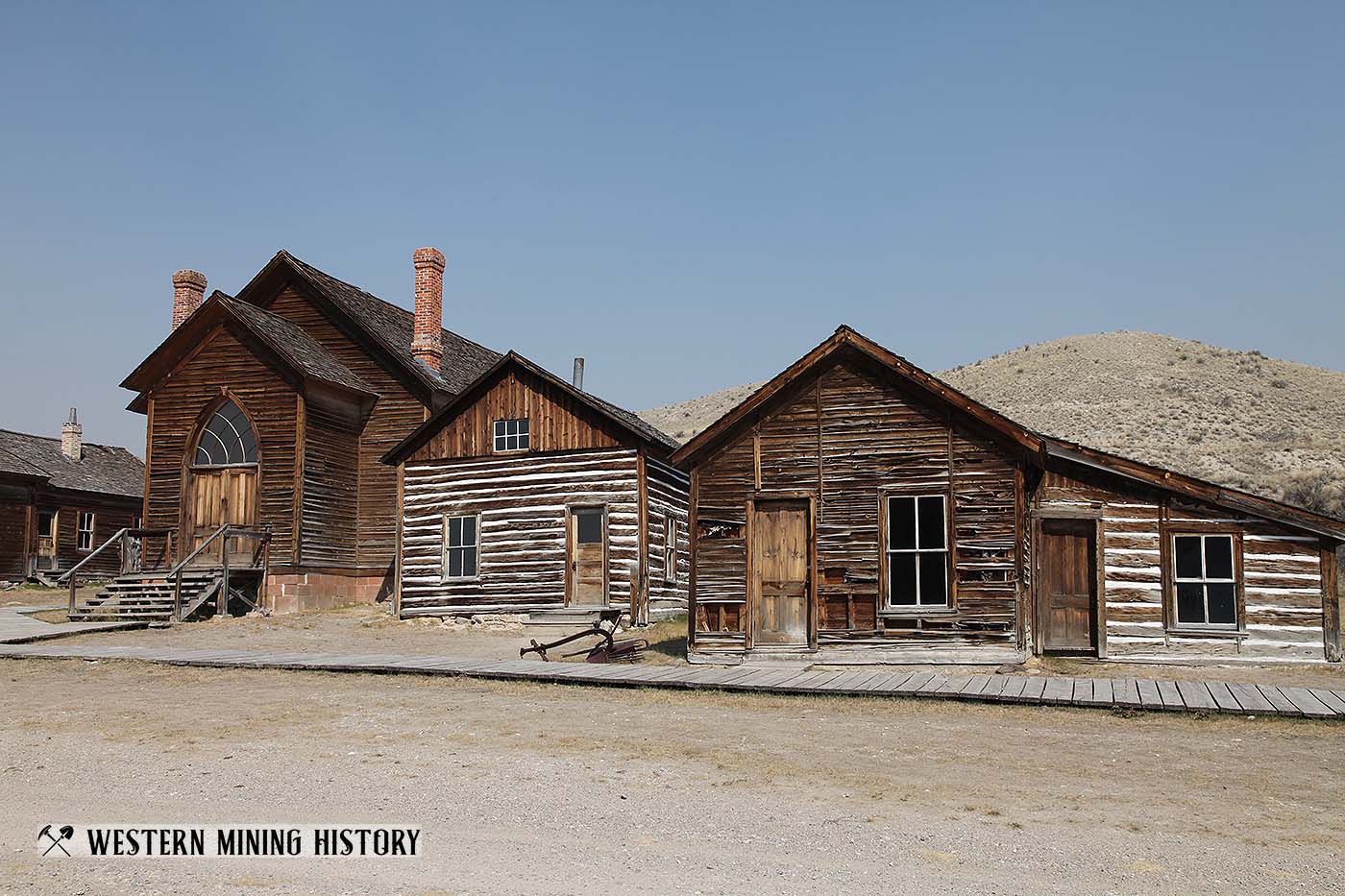
By 1953 Bannack just had a single resident. C.W. Stallings had previously acquired the town site and remaining buildings from a bankrupt mining company. He in turn sold his holdings at Bannack for $1,000 to a number of citizens groups that were interested in preserving what was still a historically significant frontier town and mining camp.
The Montana Department of Fish, Wildlife and Parks established Bannack State Park in the 1960s. In 1962 Bannack turned 100 years old, and was recognized with the designation of National Historic Landmark.
Bannack's post office operated under the name Bannack City from 1863 to 1898, and then just Bannack from 1898 to 1938.
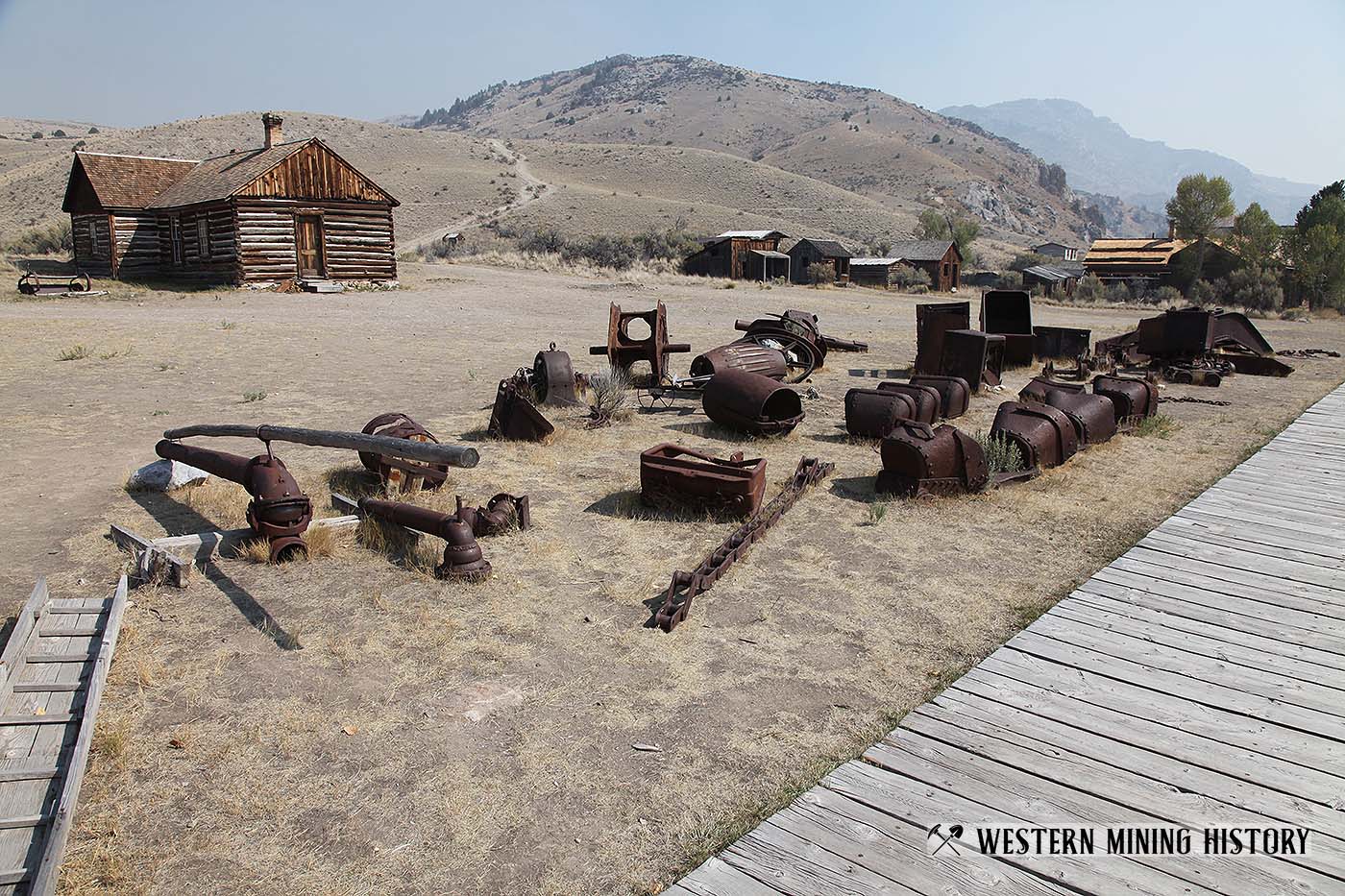
Bannack's total gold production over the years is described by the Montana DEQ:
Bannack's place in the history of gold mining is secure as it is ranked as one of Montana's most colorful and productive historic gold mining camps. Although records as to total production figures are either non-existent or unreliable, it has been estimated that the Bannack mining district has produced approximately $12,000,000 in gold from 1862 until 1930 (with gold priced at $20.67 per ounce).
The placer operations alone during the period from 1862 to 1876 produced an estimated $3,000,000 worth of extraordinarily pure gold (Shenon 1931; Sassman 1941).
Note: we would like to thank the Montana DEQ for their excellent historical descriptions of Montana mining districts. Much of the information on this page came from their page on the Bannack district.
Principal Gold Districts of Montana
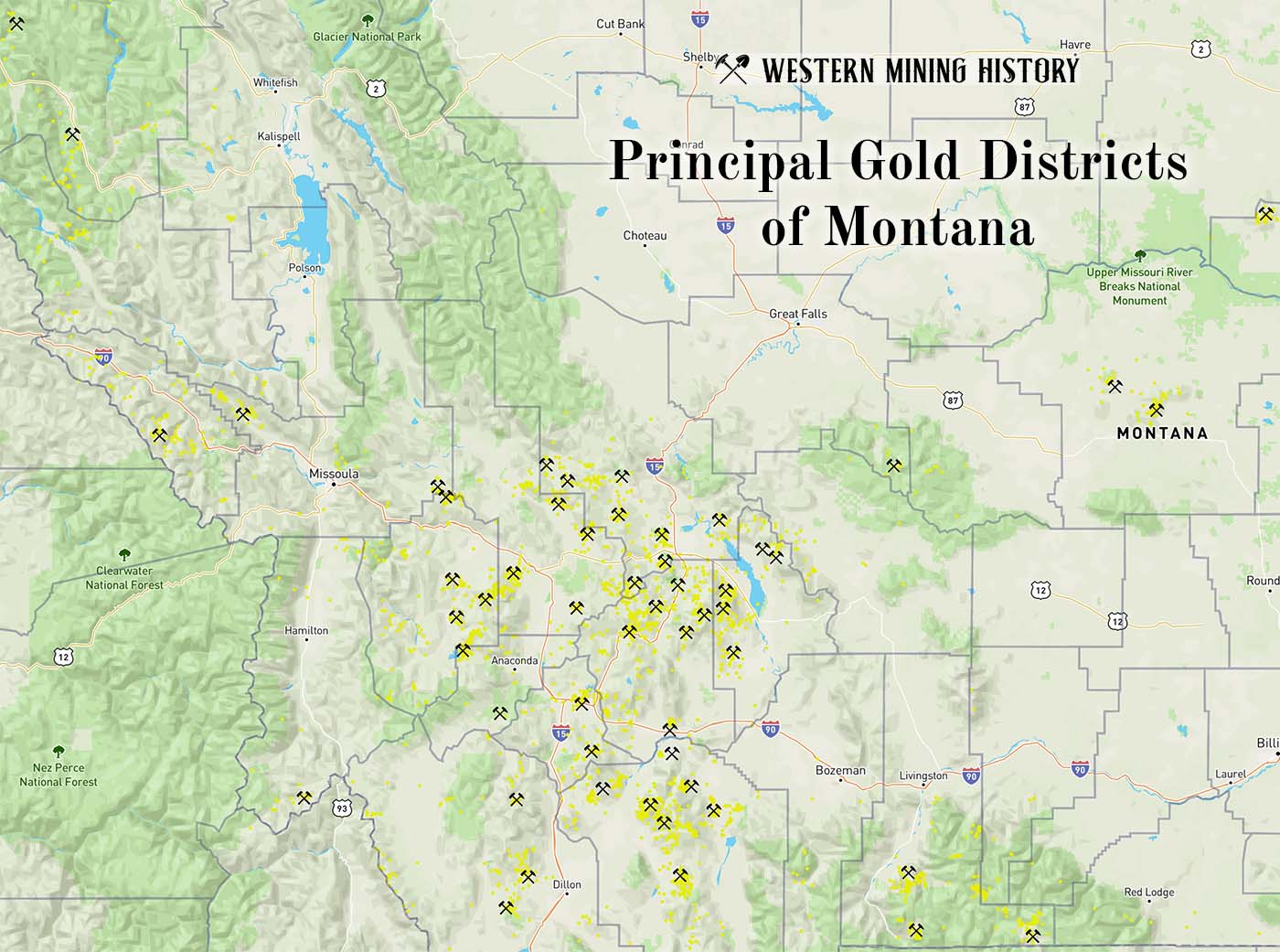
In Montana, 54 mining districts have each have produced more than 10,000 ounces of gold. The largest producers are Butte, Helena, Marysville, and Virginia City, each having produced more than one million ounces. Twenty seven other districts are each credited with between 100,000 and one million ounces of gold production. Read more: Principal Gold Districts of Montana.
